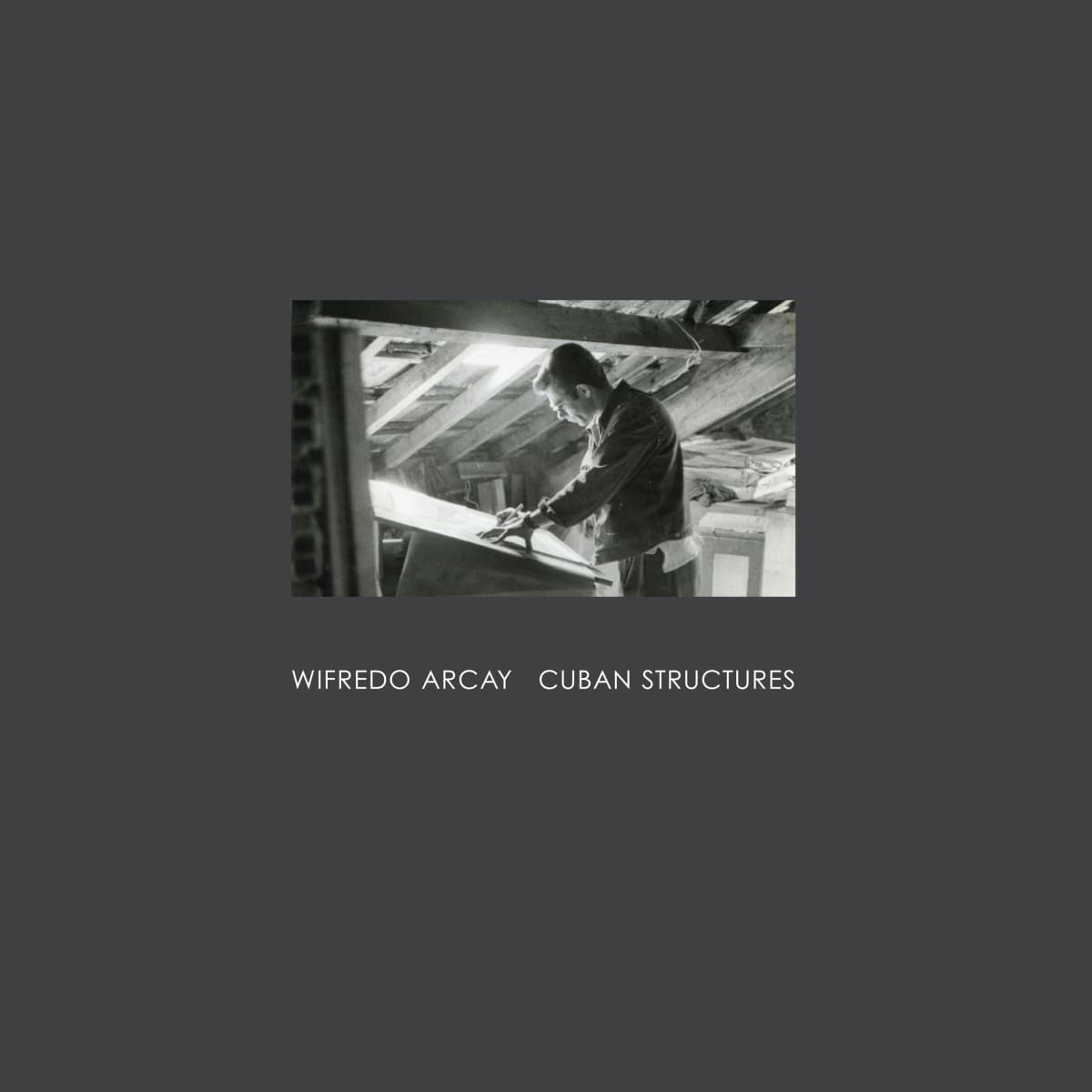WIFREDO ARCAY: CUBAN STRUCTURES
-

WIFREDO ARCAY | CUBAN STRUCTURES | 12 OCT - 20 NOV 2015
-

WIFREDO ARCAY | CUBAN STRUCTURES | 12 OCT - 20 NOV 2015
-

WIFREDO ARCAY | CUBAN STRUCTURES | 12 OCT - 20 NOV 2015
-

WIFREDO ARCAY | CUBAN STRUCTURES | 12 OCT - 20 NOV 2015
-

WIFREDO ARCAY | CUBAN STRUCTURES | 12 OCT - 20 NOV 2015
-

WIFREDO ARCAY | CUBAN STRUCTURES | 12 OCT - 20 NOV 2015
-

WIFREDO ARCAY | CUBAN STRUCTURES | 12 OCT - 20 NOV 2015
-

WIFREDO ARCAY | CUBAN STRUCTURES | 12 OCT - 20 NOV 2015
-

WIFREDO ARCAY | CUBAN STRUCTURES | 12 OCT - 20 NOV 2015
-

WIFREDO ARCAY | CUBAN STRUCTURES | 12 OCT - 20 NOV 2015
Acclaimed by Jean Arp as “the perfection of Cuba’s Cubists,” Wifredo Arcay (b.1925 Havana, Cuba - d.1997 Paris, France) emerged among the postwar generation of the Ecole de Paris as a painter, muralist and, perhaps most familiarly, as a printmaker. Born in Cuba and trained at Havana’s Academia de San Alejandro, Arcay arrived in Paris on a grant in 1949. He assimilated quickly within the milieu of post-Cubist abstraction, studying at the Grande Chaumière and with Edgard Pillet and Jean Dewasne at their Atelier d’Art Abstrait. In 1951, at the invitation of André Bloc, the influential editor of the journal Art d’Aujourd’hui, Arcay set up a studio at Bloc’s villa in Meudon, mingling there amongst such luminaries of the historical avant-garde as Arp, Robert and Sonia Delaunay, and Fernand Léger.
The Mayor Gallery’s show marks the first ever exhibition of Arcay’s paintings and structures in London and the first solo showing of his work since 1986. Accompanied by archival materials from the still active Atelier Arcay, the exhibition includes twelve works that document his progression from easel painting, which he abandoned in 1956, to the wood reliefs that facilitated the expansion of his practice into architectural space.













